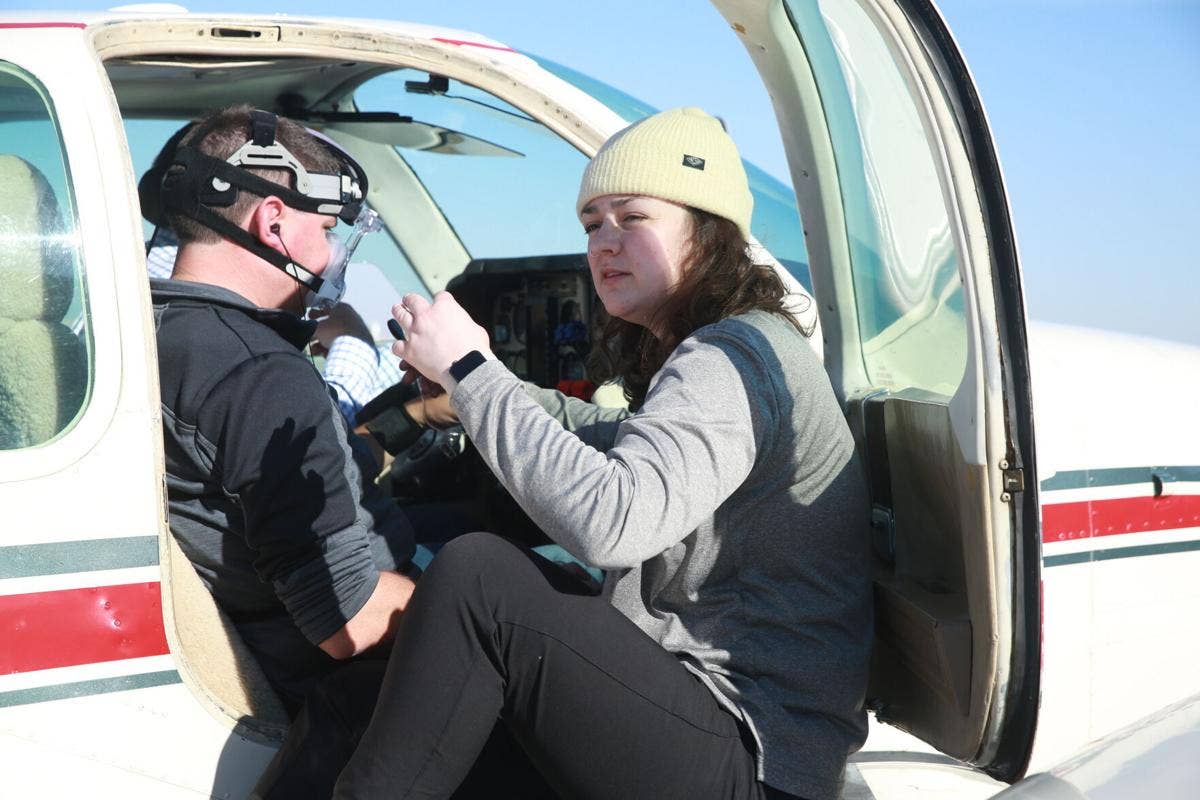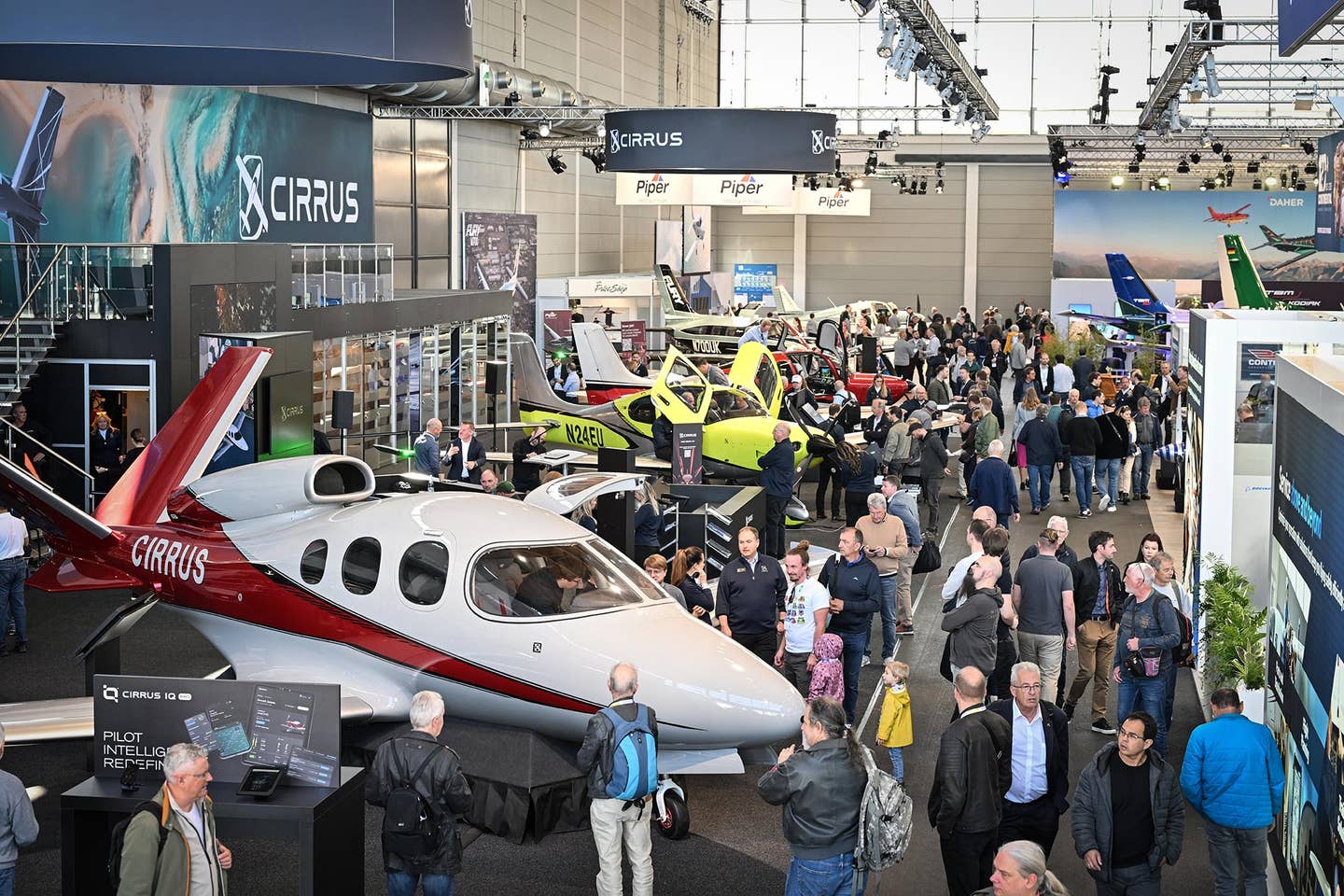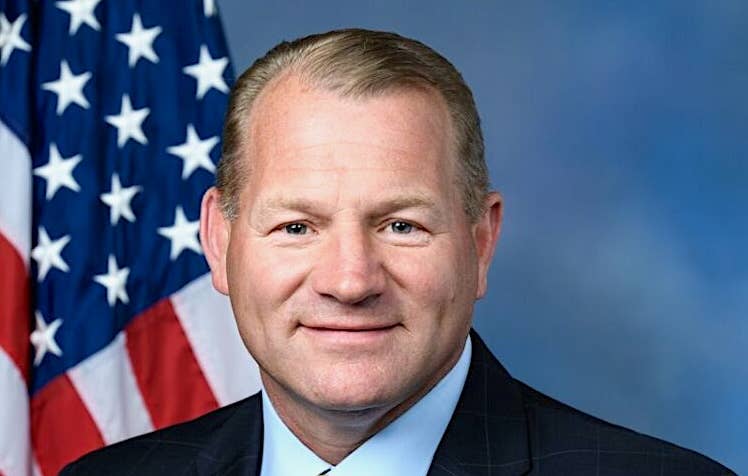Researchers Test Sleep Apnea Device To Prevent Hypoxia
A renowned show and warbird pilot is behind an experiment to see if a device normally used to enhance sleep can also keep pilots more alert while flying. Doug Rozendaal…

A renowned show and warbird pilot is behind an experiment to see if a device normally used to enhance sleep can also keep pilots more alert while flying. Doug Rozendaal is working with doctors and researchers at MercyOne North Iowa Medical Center and the Mayo Clinic to see if use of a bilevel positive airway pressure machine will boost blood oxygenation and lessen the chance for hypoxia for those flying near the oxygen supplementation limit of 12,500 feet. BiPAPs create positive pressure in the lungs to reduce sleep apnea. "Actually, this was my idea to try this to see if BiPAP could increase oxygenation at altitude because I fly a lot," Rozendaal told the Mason City Iowa Globe Gazette. ”Using oxygen is a pain because your tank is always empty.”
Rozendaal said he normally flies his Baron at 8,000 feet to be on the safe side but if the BiPAP can increase oxygenation he’d rather be higher. "If can fly at 12k that would allow me to get above weather, get better winds and fuel economy. It just allows for a lot more flexibility," he said. Last week he took off with three passengers, two of whom were masked up with portable BiPAPs. The third was a researcher who tested their cognitive and physiological response to being at 8,000 and 12,000 feet with the masks on. The results will be compared with baseline data obtained from the test subjects on the ground.






